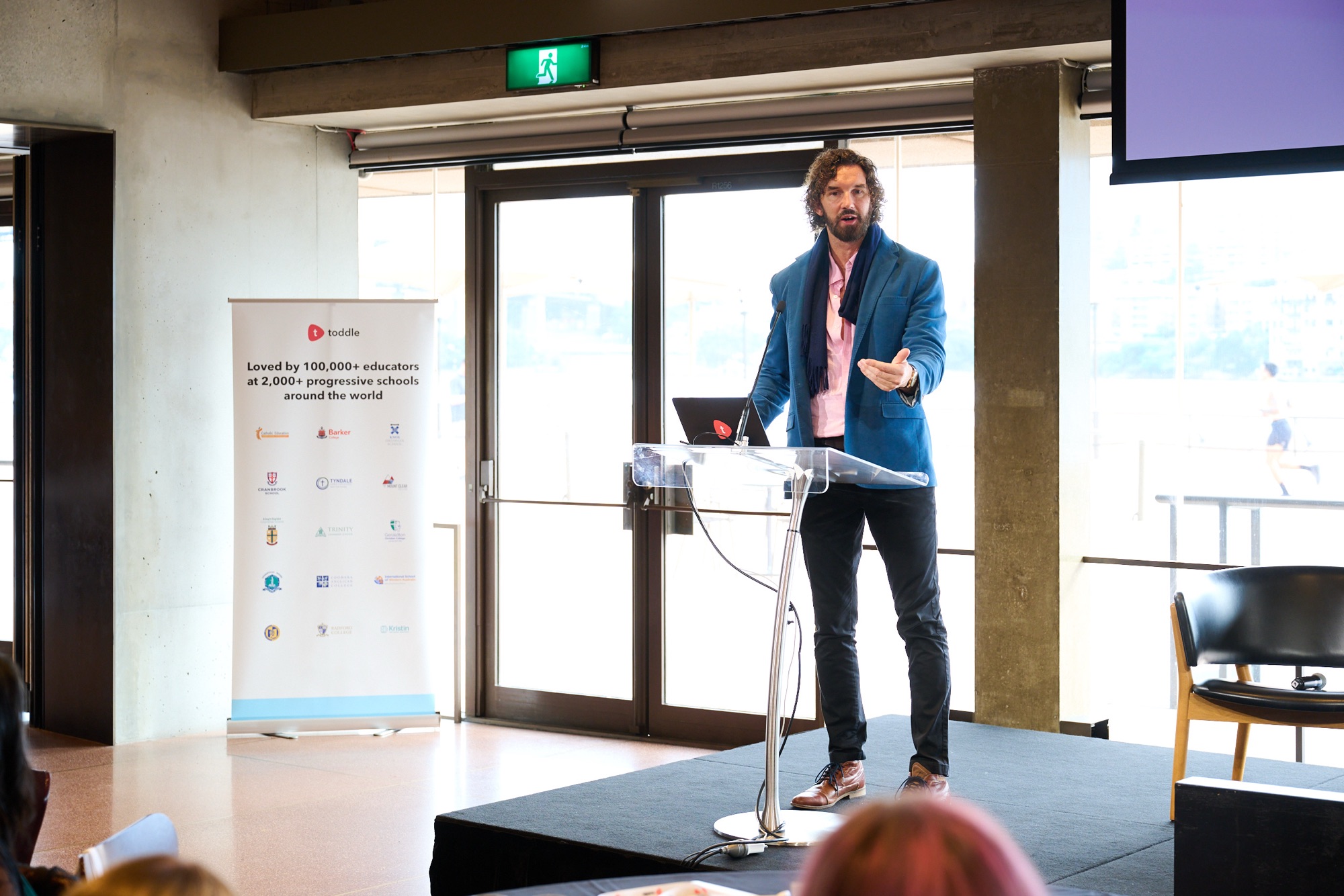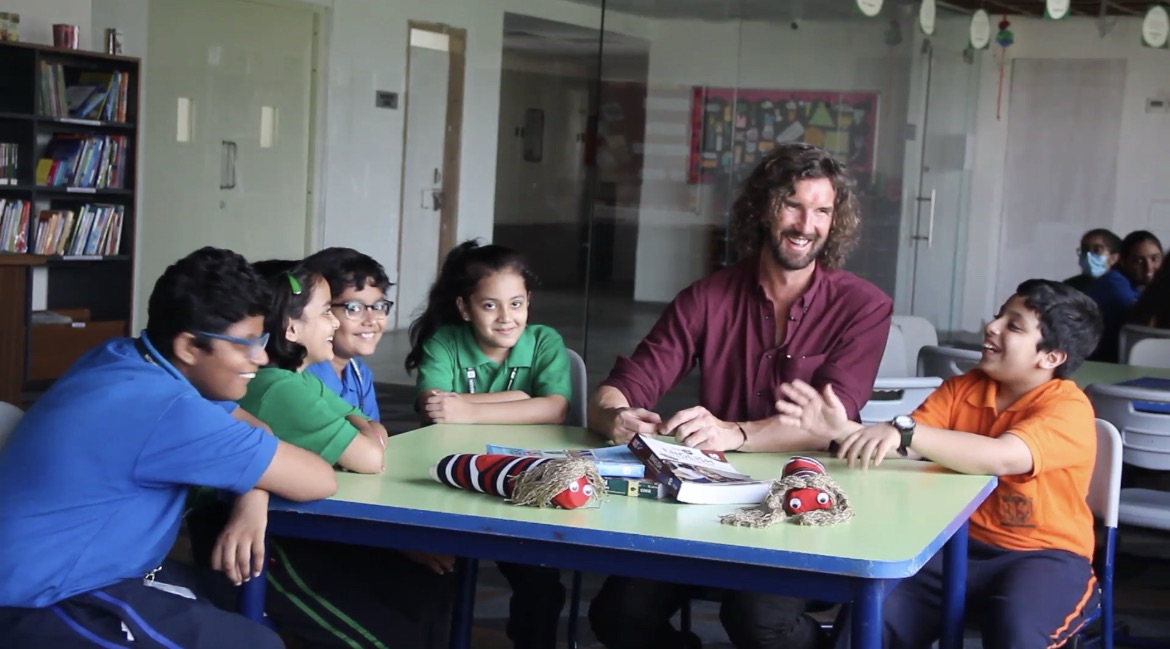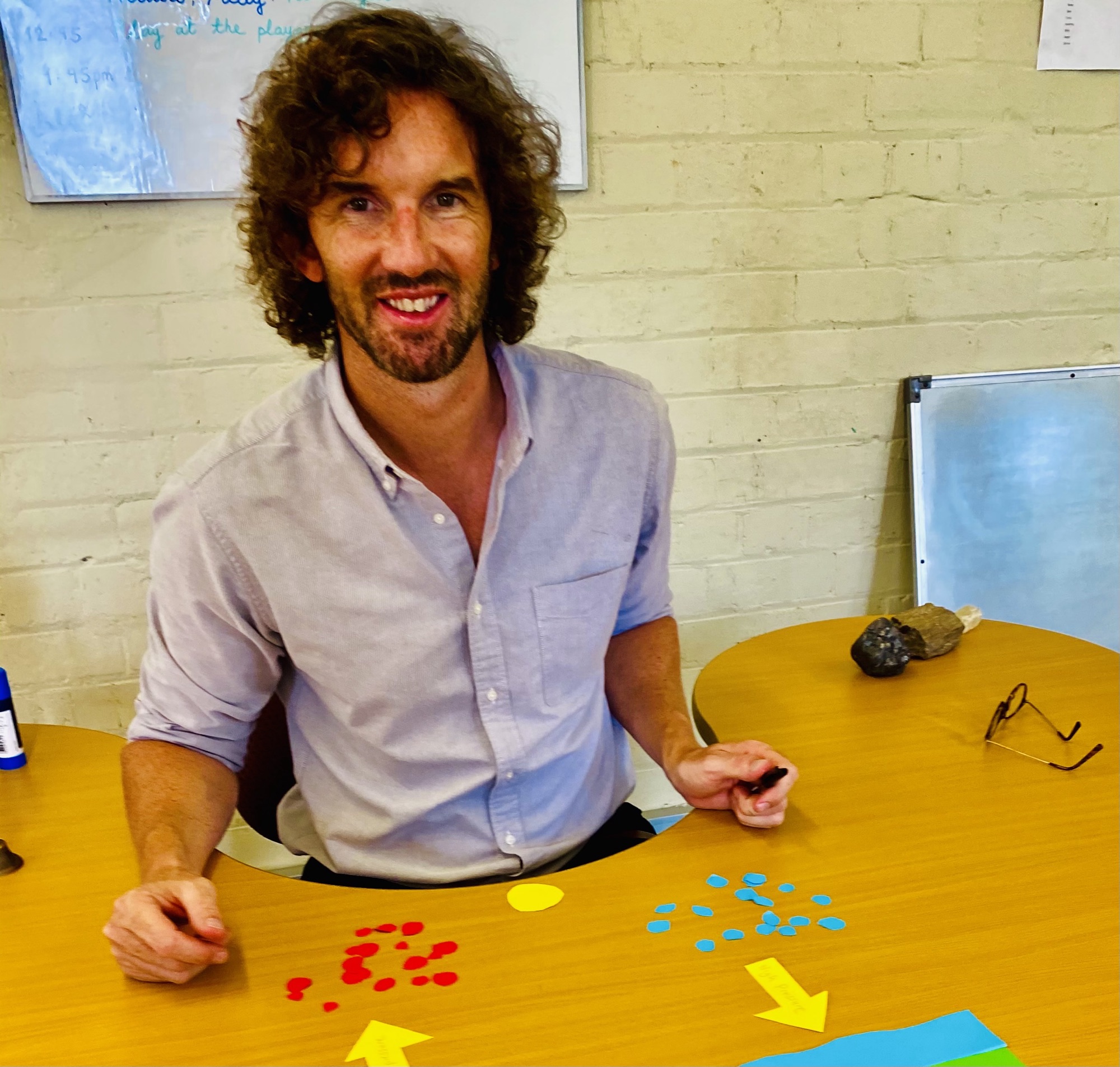By Gavin McCormack
Introduction: The Power of Engaging Education
In a world where education often leans towards rote memorization and standardized tests, it’s crucial to rekindle the natural joy of learning in children. This is particularly true in subjects like science, where the wonders of the universe can easily be reduced to mere facts in a textbook. Let’s dive into how the Montessori method, applied to a topic as fascinating as the sun, can transform a conventional lesson into an extraordinary learning adventure.
Step 1: Igniting Interest with the Sun’s Mysteries
The first step is to ignite the children’s curiosity. Imagine the classroom coming alive with stories about the sun’s immense power and the mysteries it holds. Use engaging visuals, exciting anecdotes, and even real-world examples like solar energy. The goal is to deliver these insights with enthusiasm, to make the children not just hear, but feel the importance and wonder of the sun.
Step 2: Encouraging Inquiry and Curiosity
After capturing their imagination, we transition to encouraging questions. This is where the children’s natural inquisitiveness is given free rein. What fascinates them about the sun? How do solar storms occur? What mysteries does the sun hold that we have yet to uncover? Documenting their questions creates a learner-centered environment where their interests direct the learning process.

Step 3: Fostering Independence Through Exploration
With questions in hand, it’s time for the children to explore. This step is the heart of Montessori education – learning by doing. Children could work in a garden to understand how the sun aids in photosynthesis, or they could create scientific experiments to explore light and heat. This phase encourages independent thinking and problem-solving, essential skills for lifelong learning.
Step 4: Collective Reflection and Learning
In the final phase, the children share their discoveries. This isn’t just about showcasing their work; it’s an opportunity for collaborative learning. It’s a time for them to listen, learn from each other, and appreciate different perspectives. Such interactions are invaluable in developing empathy and communication skills.
Conclusion: Beyond the Classroom Walls
What this approach accomplishes goes beyond learning about the sun. It nurtures a love for learning, encourages critical thinking, and promotes social and emotional development. By applying Montessori principles, educators can create a learning environment where children are not just passive recipients of information, but active participants in their educational journey.
Through this exploration of the sun, children learn not only about the star at the center of our solar system but also about collaboration, independence, and the joy of discovery. As educators, our aim should always be to light the spark of curiosity and watch as it ignites a lifelong love for learning. The Montessori approach to teaching the sun serves as a shining example of this philosophy in action.
About the Author: Gavin McCormack
Gavin McCormack is a Montessori-trained teacher and a pioneer in innovative educational practices. With over 20 years of experience and numerous accolades, he has been instrumental in shaping learning experiences that empower students globally. Through his work with Upschool.co, Gavin continues to inspire educators and students alike, championing education that makes a real-world impact.









